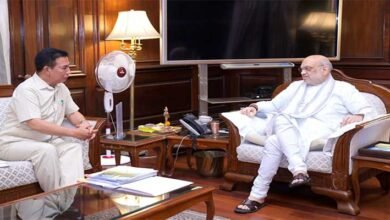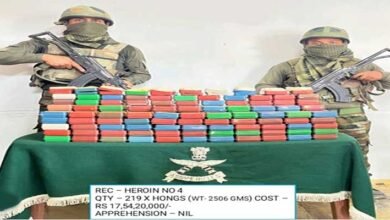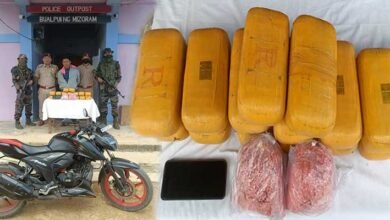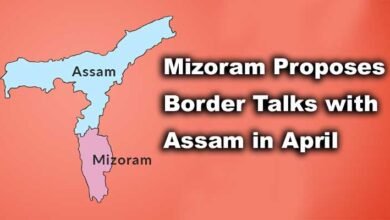Mizoram celebrates Chapchar Kut Festival
Chapchar Kut, A Celebration of Nature and Culture- know all about it.
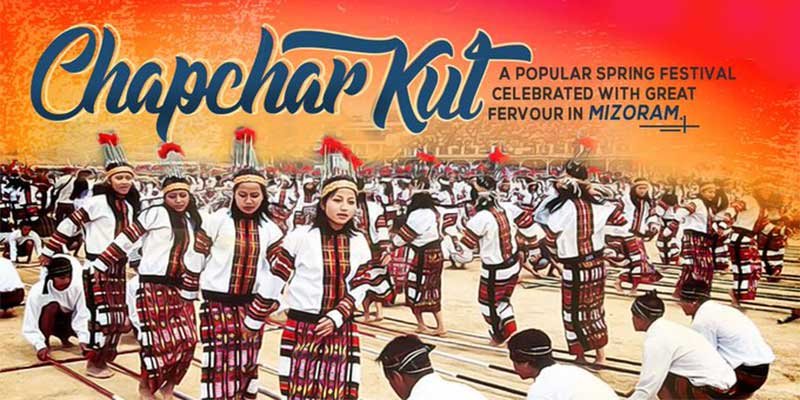
Chapchar Kut, A Celebration of Nature and Culture- Mizoram, known for its breathtaking landscapes and rich cultural traditions, is once again gearing up for its most awaited spring festival—Chapchar Kut. This annual event, celebrated on the first Friday of March, marks the transition from winter to spring and reflects the deep-rooted agricultural and communal traditions of the Mizo people.
The Government of Mizoram has officially declared Chapchar Kut 2025 a one-day event to be celebrated across the state on Friday, March 7. Major festivities are planned in the capital, Aizawl, and other districts like Lunglei and Champhai. In Aizawl, the main event will span March 6-7 at Assam Rifles Ground, featuring traditional dances, music, and exhibitions of handcrafted textiles, bamboo products, jewelry, and local cuisine.
Know all about Chapchar Kut Festival
Origins Rooted in Tradition
The name “Chapchar Kut” derives from two Mizo words: chapchar, referring to the period when felled bamboo and trees dry before jhum (shifting) cultivation, and kut, meaning celebration. The festival’s origins date back to the town of Suaipui between 1450 and 1600 AD, where it started as a spontaneous feast to uplift the spirits of hunters who returned empty-handed. Over the centuries, Chapchar Kut has evolved into a grand cultural celebration.
A Pause Before the Planting Season
Traditionally, Chapchar Kut was observed in the lull between forest clearing and seasonal sowing. This period allowed the Mizo community to take a break, gather for festivities, and revel in cultural performances. The festival symbolizes hope, prosperity, and the joy of nature’s renewal.
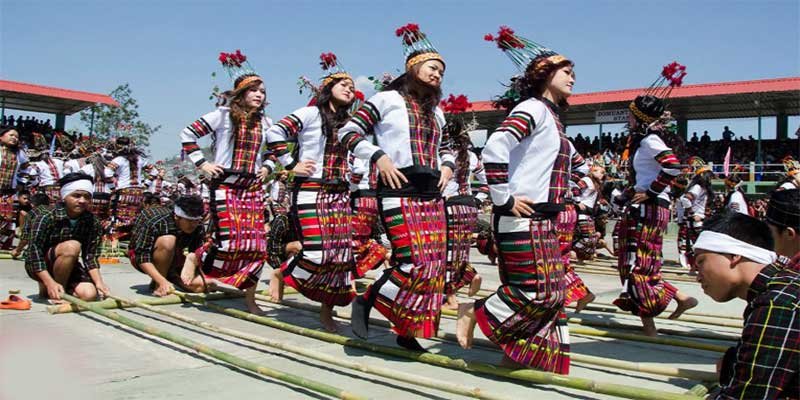
Dances That Define Chapchar Kut
A highlight of the festival is the vibrant traditional dances that showcase Mizo heritage. The renowned Cheraw Dance (Bamboo Dance) mesmerizes onlookers as female dancers step gracefully between moving bamboo poles, synchronized with rhythmic beats. Equally captivating is the Chai Dance, where participants form a human chain, linking arms and swaying in harmony to traditional songs.
Other traditional dances include Khuallam, the “dance of the guests,” where dancers in colorful Mizo attire welcome visitors with high-energy performances set to drumbeats and gongs.
Chheihlam is another unique dance style, performed in a relaxed, communal setting around a hearth, where participants sing, dance, and share stories.
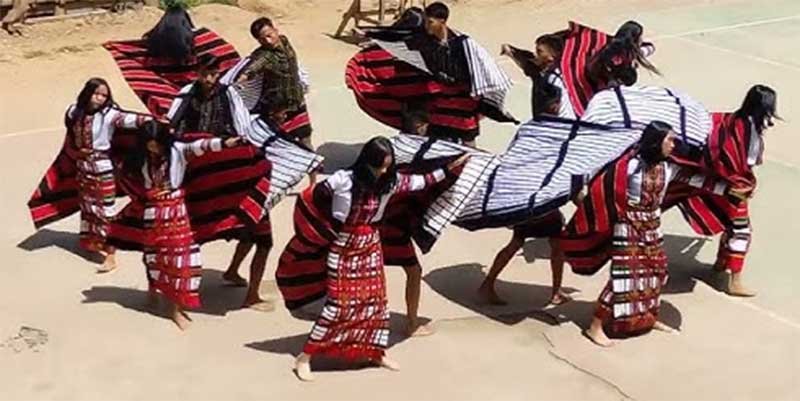
Feasting and Festivities
No Mizo festival is complete without a feast. Chapchar Kut is marked by elaborate traditional meals featuring locally sourced ingredients and meat-based dishes. Historically, rice beer (zu) was a staple of the celebrations, but due to Mizoram’s dry laws and Christian influences, alcohol consumption has been significantly reduced in modern-day observances.
The festival lasts four to five days, beginning with the slaughtering of pigs for feasts, followed by continuous singing, dancing, and cultural performances. Families share Zupui (light rice beer), and traditional Mizo cuisine is served at food stalls. In some villages, festivities last until the jhum cultivation season begins.
A Modern Celebration of Heritage
Today, Chapchar Kut is celebrated with grandeur, attracting locals and tourists alike. The festival features cultural performances, handloom and craft exhibitions, traditional sports, and vibrant food stalls serving Mizo delicacies. The event provides a spectacular glimpse into Mizoram’s rich cultural tapestry while fostering a sense of community and heritage among the younger generations.
With Chapchar Kut once again taking center stage, Mizoram welcomes the arrival of spring in a grand and culturally enriching manner, reinforcing its identity and deep-rooted traditions for generations to come.


